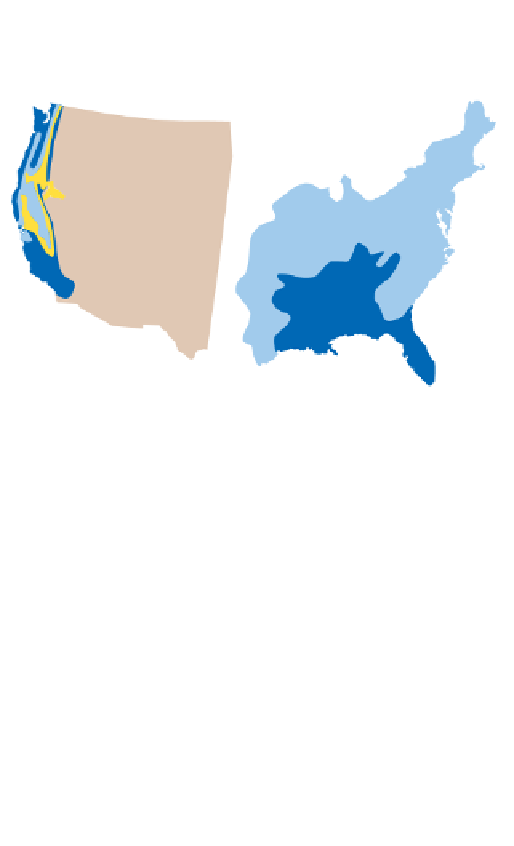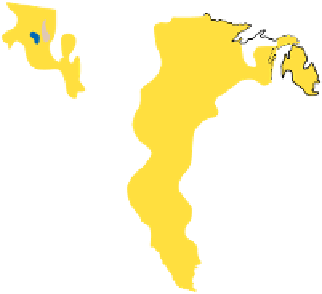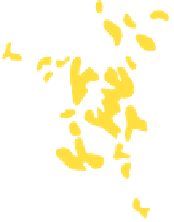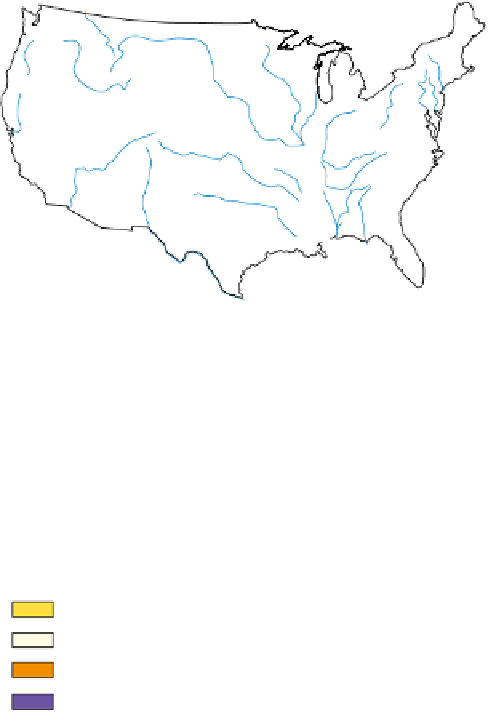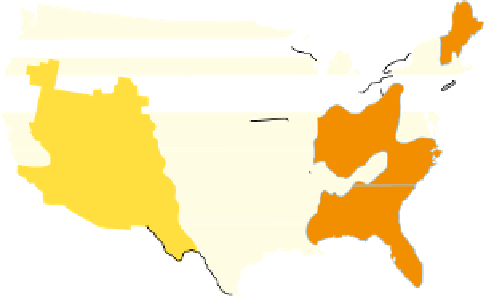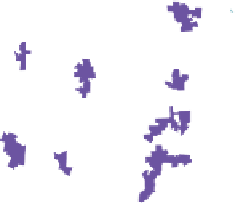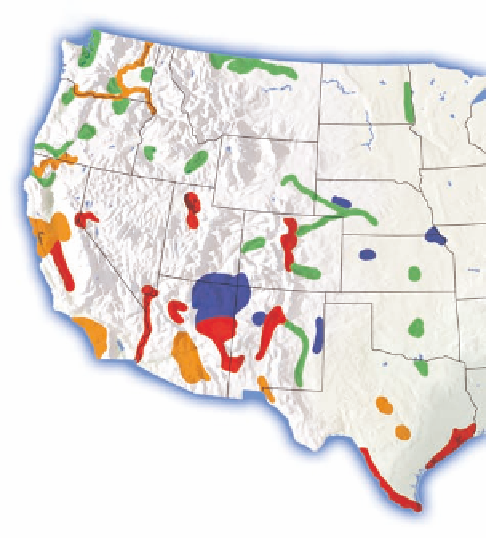Environmental Engineering Reference
In-Depth Information
The United States has more than enough renewable
fresh water. Unfortunately, much of it is in the wrong
place at the wrong time or is contaminated by agri-
cultural and industrial practices. The eastern states
usually
Wash.
N.D.
Montana
Oregon
have
ample
precipitation,
whereas
many
Idaho
S.D.
western states have too little (Figure 11-4, top).
In the East, the major uses for water are for energy
production, cooling, and manufacturing. In the West,
the largest use by far (85%) is for irrigation.
In many parts of the eastern United States, the
most serious water problems are flooding, occasional
urban shortages, and pollution. The major water prob-
lem in the arid and semiarid areas of the western half
of the country (Figure 11-4, bottom) is a shortage of
runoff, caused by low precipitation (Figure 11-4, top),
high evaporation, and recurring prolonged drought.
Wyoming
Nevada
Neb.
Utah
Kansas
Colo.
California
Oak.
N.M.
Texas
Highly likely conflict potential
Substantial conflict potential
Moderate conflict potential
Average annual precipitation (centimeters)
Unmet rural water needs
Less than 41
81-122
41-81
More than 122
Figure 11-5
Water
hot spot
areas in 17 western states that by
2025 could face intense conflicts and “water wars” over scarce
water needed for urban growth, irrigation, recreation, and
wildlife. Some analysts suggest that this is a map of places not
to live over the next 25 years. (Data from U.S. Department of the
Interior)
Water tables in many areas are dropping rapidly as
farmers and cities deplete aquifers faster than they are
recharged. Many U.S. urban centers (especially in the
West and Midwest, purple in Figure 11-4, bottom) are
located in areas that do not have enough water. In
2003, the U.S. Department of the Interior mapped out
water hot spots
in 17 western states (Figure 11-5).
11-2
SUPPLYING MORE WATER
Global Outlook: Freshwater Shortages
One of every six people does not have regular access
to an adequate and affordable supply of clean water.
This number could increase to at least one of every
four people by 2050.
The two main factors causing water scarcity are a dry
climate and too many people using the reliable supply
of water. Figure 11-6 shows the degree of stress faced
by the world's major river systems, based on a com-
parison of the amount of fresh water available with the
amount used by humans.
A 2003 study by the United Nations found that
one of every six people does not have regular access to
an adequate and affordable supply of clean water. By
2050, this number could increase to at least one of
every four people.
Acute shortage
Shortage
Adequate supply
Metropolitan regions with population
greater than 1 million
Figure 11-4
Natural capital:
average annual precipitation and
major rivers (top) and water-deficit regions in the continental
United States and their proximity to metropolitan areas having
populations greater than 1 million (bottom). (Data from U.S. Wa-
ter Resources Council and U.S. Geological Survey)
